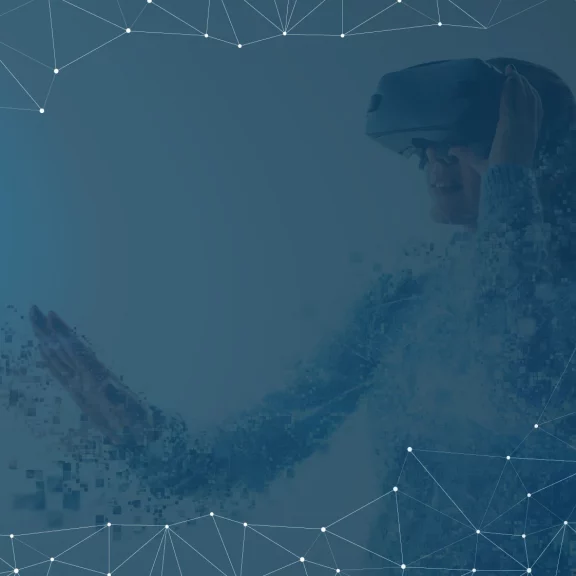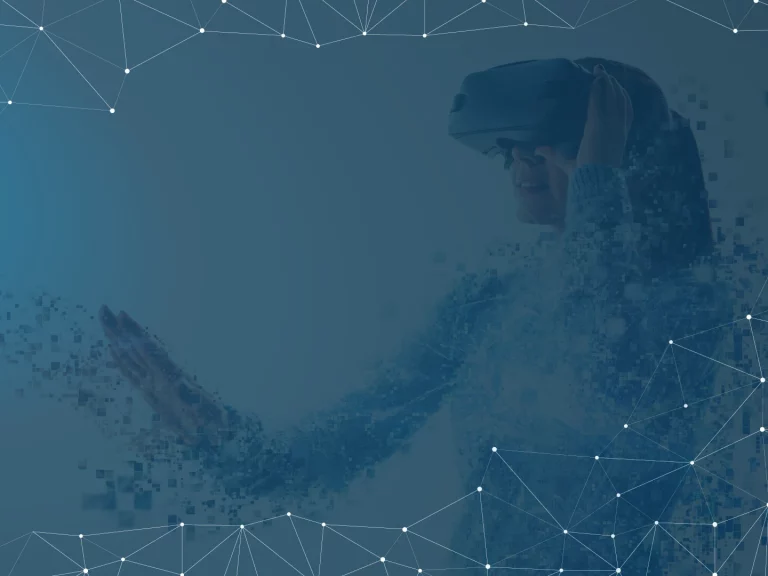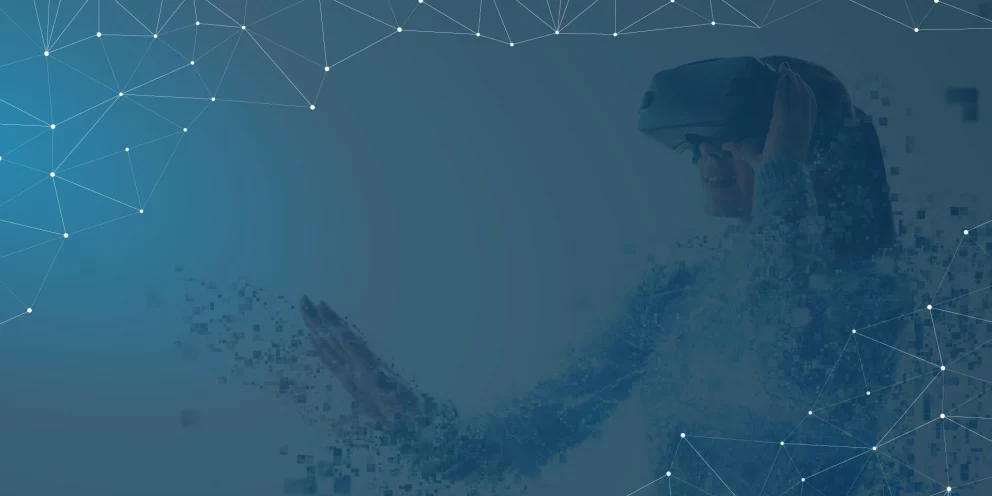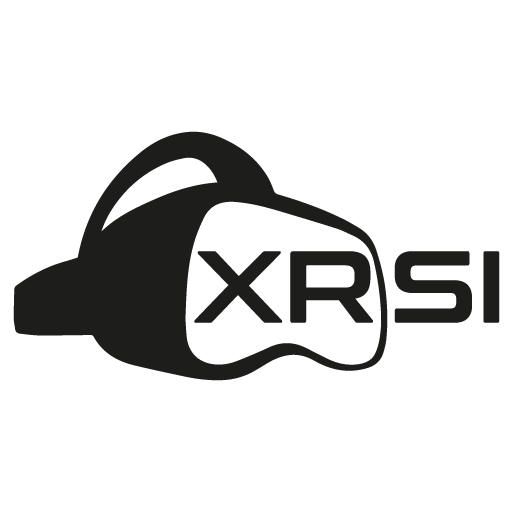The magnitude and scale of XR data make it challenging to categorize in a simplified manner. Regardless, an attempt must be made to look thru and analyze such a large amount of data with a filter of Information Security, privacy and safety principles.
The global XR revenue is expected to reach $60,000 million by the end of 2022 (ref: ARtillry). Since XR has the potential to record all new kinds of user information (from eye movements and emotions to the movement of a user’s entire body through space), ensuring that this data is managed in a responsible way has become paramount for virtual XR researchers and commercial entities alike. XR creates a complex convolution… in which the biological mind and its technological niche influence each other in ways we are just beginning to understand. It is this complex convolution that makes it so important to think about the Security, Privacy, and Ethics of XR in a critical, evidence-based, and rational manner.
The development of Data Classification guidance, common vocabularies, and Data sets will certainly contribute to the understanding of potential risks associated with XR data.
The XR Safety Initiative (XRSI) has a technology leadership role, consistent with its mission, to inspire and catalyze the safe use of X-Reality. An immediate application will result in the creation of baseline standards as well as secure and effective adoption of XR technologies.
XRSI intends to work closely with university-based research organizations and public/commercial XR technology providers to:
- Establish a “standards-based” workflow for the management of access and use of XR data and computing resources;
- Establish reporting to and coordination with funding agencies;
- Develop “community-based” contracts to streamline acquisition of services;
- Encourage commercial providers to offer research cyberspace consistent with community generated requirements and compliant with relevant policies;
- Develop a standard approach to communicating any data/resource stewardship, policy-based, regulatory, contractual and financial obligations related to the access to and use of XR technologies.
Clear guidance and good practices could further aid organizations and stakeholders in planning the adoption of XR technologies. This can be achieved by taking into consideration the potential dangers of unintended data disclosures, data breaches, privacy and Terms of Service (ToS) violations that could eventually impact their mission and objectives.






